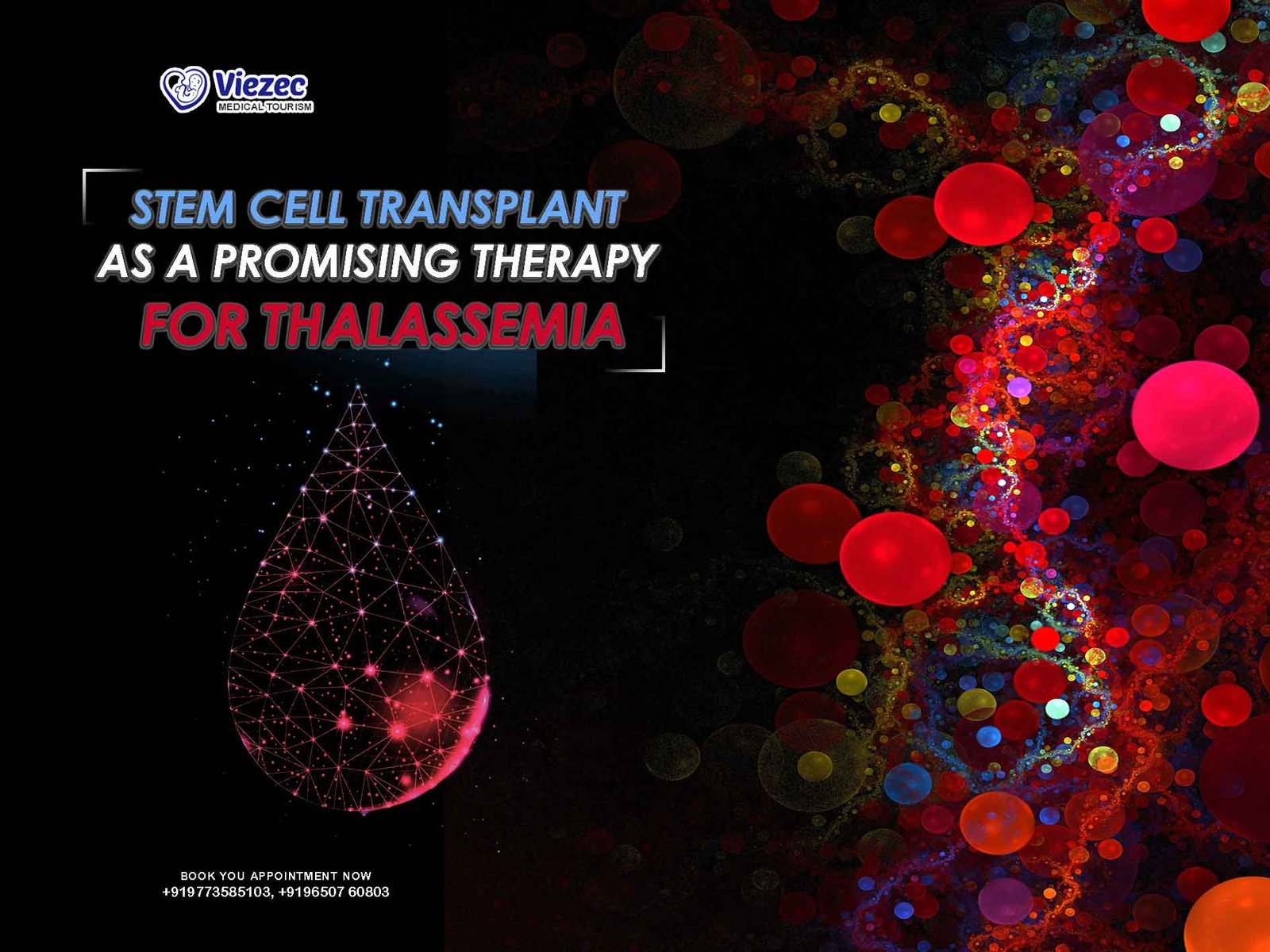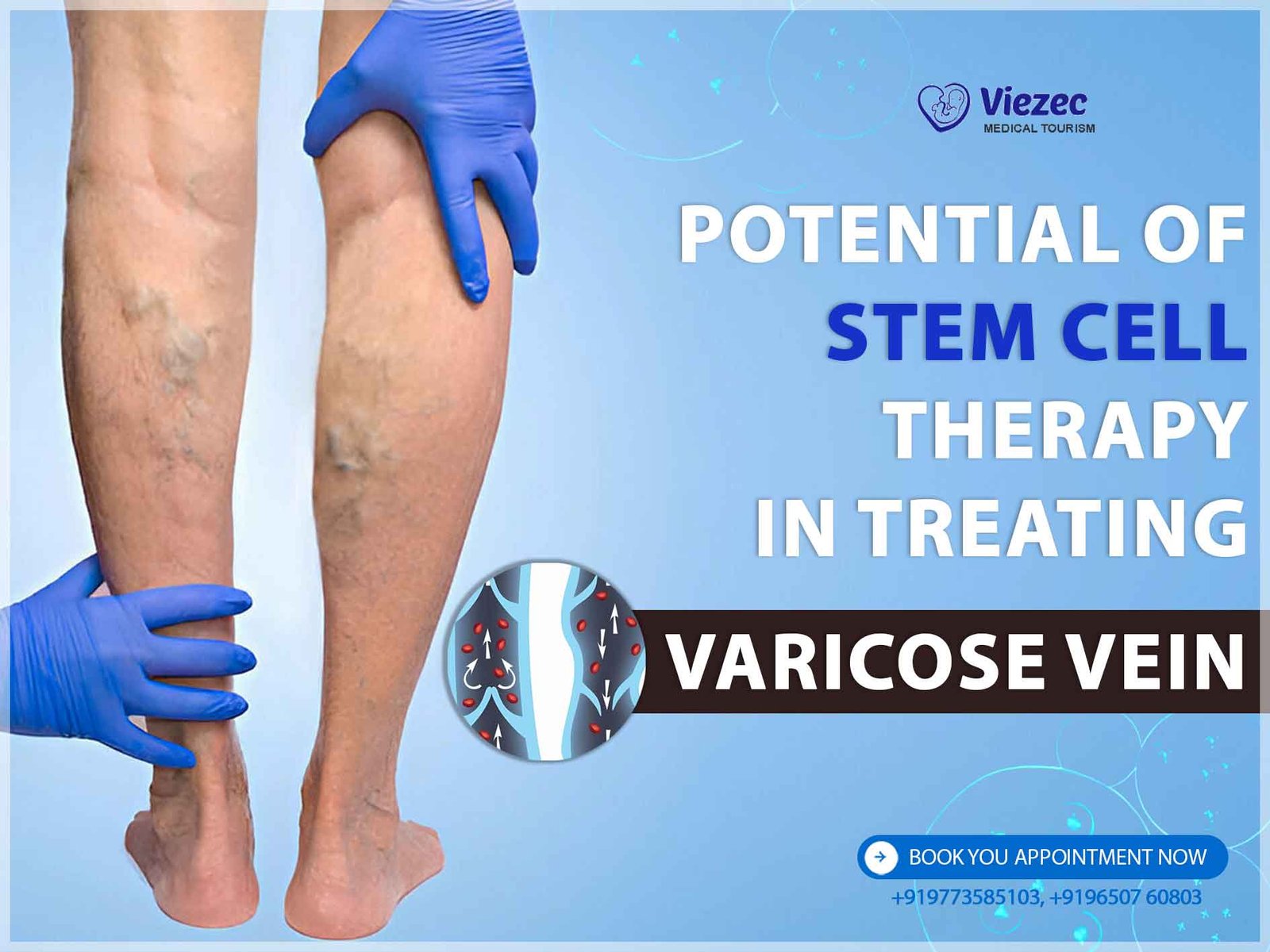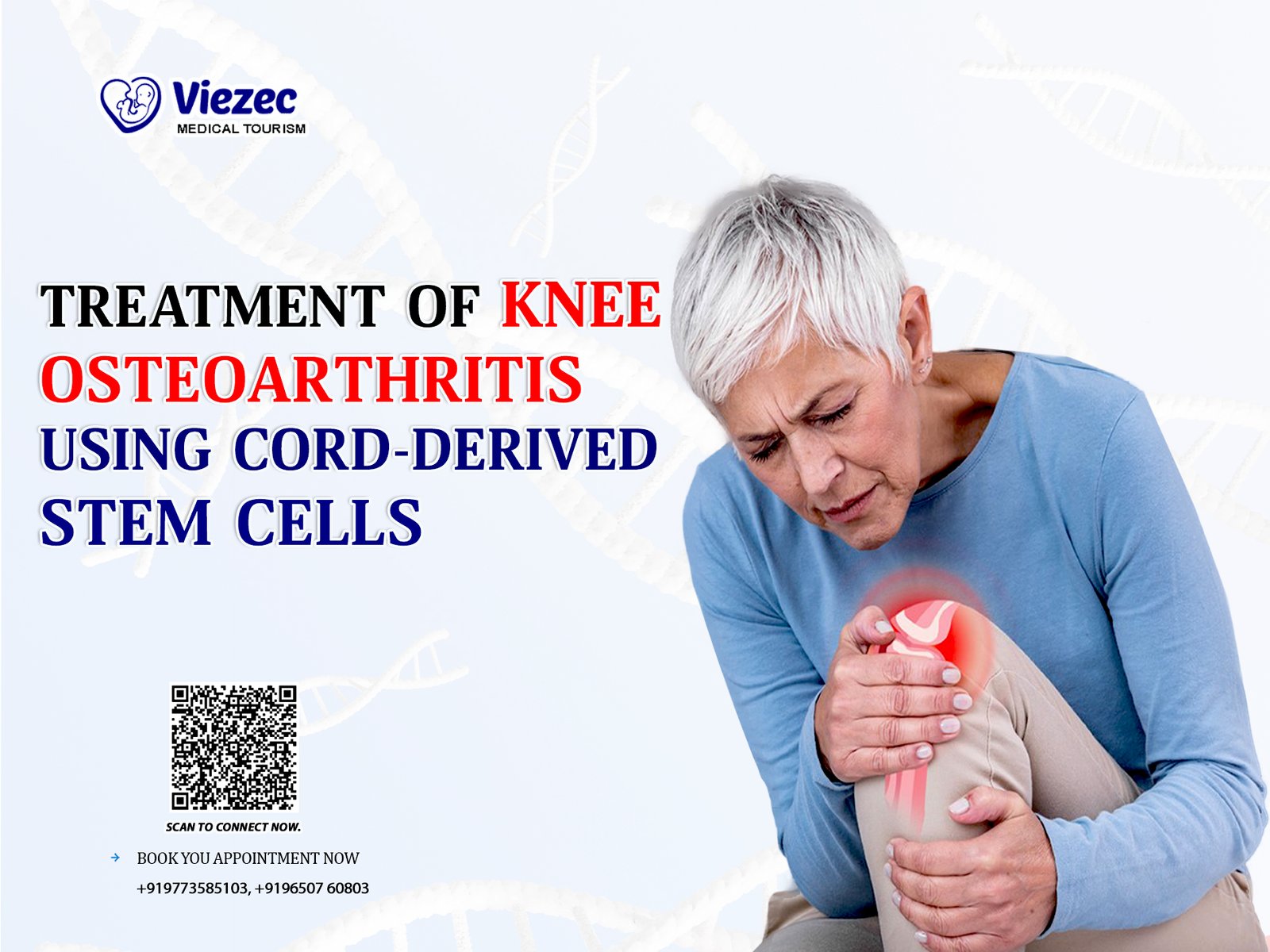Thalassemia, a genetic blood disorder, has long been a significant concern in the field of medicine due to its complex nature and limited treatment options. However, with advancements in medical science, particularly in the realm of stem cell research, new avenues for treatment have emerged. Stem cell transplant, also known as hematopoietic stem cell transplantation (HSCT), has shown promising results in managing thalassemia, offering patients renewed hope for a better quality of life.
Understanding Thalassemia
What is Thalassemia?
Thalassemia refers to a group of inherited blood disorders characterized by abnormal hemoglobin production, leading to anemia. This condition primarily affects the production of hemoglobin, the protein in red blood cells responsible for carrying oxygen throughout the body. Hemoglobin consists of two main protein chains: alpha and beta. Thalassemia results from mutations in the genes responsible for producing these protein chains, leading to decreased or absent production of one of these chains.
Types of Thalassemia
Thalassemia can be broadly classified into two main types based on the affected globin chain: alpha thalassemia and beta thalassemia.
Alpha Thalassemia
Alpha thalassemia occurs when there is a deficiency or absence of alpha globin chains. It can range from a mild condition to a severe form, depending on the number of affected genes. The severity of alpha thalassemia correlates with the number of genes involved.
Beta Thalassemia
Beta thalassemia occurs due to mutations in the beta globin gene. Similar to alpha thalassemia, it also encompasses a spectrum of severity, from mild to severe. The severity depends on the specific genetic mutations present.
Symptoms and Complications
The symptoms of thalassemia can vary widely depending on the type and severity of the condition. Common symptoms include fatigue, weakness, pale skin, jaundice, and an enlarged spleen. Severe cases of thalassemia can lead to complications such as bone deformities, iron overload, and organ damage.
Current Treatment Landscape
Blood Transfusions
Historically, regular blood transfusions have been a cornerstone of thalassemia management. Transfusions help alleviate anemia by providing healthy red blood cells with normal hemoglobin levels. While effective in managing symptoms, frequent transfusions can lead to complications such as iron overload, which necessitates additional treatment with chelation therapy to remove excess iron from the body.
Chelation Therapy
Chelation therapy involves the administration of chelating agents, which bind to excess iron in the body, allowing for its excretion through urine or stool. This treatment is essential for patients who receive regular blood transfusions to prevent complications associated with iron overload.
Bone Marrow Transplantation
Bone marrow transplantation, also known as hematopoietic stem cell transplantation (HSCT), offers a potential cure for thalassemia by replacing the defective stem cells responsible for abnormal hemoglobin production with healthy donor stem cells. Successful transplantation can restore normal hemoglobin production and eliminate the need for lifelong transfusions.
Role of Stem Cell Transplantation
Mechanism of Action
Stem cell transplantation involves the infusion of healthy hematopoietic stem cells, typically derived from the bone marrow or umbilical cord blood of a compatible donor, into the recipient’s bloodstream. These donor stem cells migrate to the bone marrow, where they engraft and begin producing healthy blood cells, including red blood cells with normal hemoglobin levels.
Selection of Donors
Finding a suitable donor is crucial for the success of stem cell transplantation. Ideally, the donor should be a close genetic match to the recipient to minimize the risk of rejection and graft-versus-host disease (GVHD). HLA typing, which assesses compatibility based on human leukocyte antigen (HLA) markers, is performed to identify suitable donors.
Types of Stem Cell Transplants
There are two main types of stem cell transplantation: allogeneic and autologous.
Allogeneic Transplantation
In allogeneic transplantation, the donor stem cells come from a genetically matched donor, which may be a sibling, unrelated donor, or umbilical cord blood. Allogeneic transplantation offers the potential for a cure but carries risks such as graft rejection and GVHD.
Autologous Transplantation
Autologous transplantation involves using the patient’s own stem cells, which are collected and stored prior to undergoing chemotherapy or radiation therapy to eradicate diseased cells. Once the treatment is completed, the stored stem cells are reinfused into the patient to repopulate the bone marrow and restore normal blood cell production.
Conditioning Regimens
Before undergoing stem cell transplantation, patients typically undergo conditioning regimens, which may involve chemotherapy, radiation therapy, or a combination of both. These regimens serve to suppress the recipient’s immune system, making space in the bone marrow for the donor stem cells, and reducing the risk of rejection.
Efficacy and Challenges
Success Rates
Stem cell transplantation has demonstrated high success rates in treating thalassemia, particularly in patients who receive transplants at a younger age and have suitable donors. Studies have shown that the overall survival rate after transplantation ranges from 70% to 90%, with a significant proportion of patients achieving transfusion independence.
Challenges and Complications
Despite its effectiveness, stem cell transplantation is not without challenges and potential complications. These include graft rejection, GVHD, infections, organ toxicity, and infertility. Additionally, finding a suitable donor can be challenging, particularly for patients from ethnic minority groups with limited donor registries.
Long-Term Follow-Up
Long-term follow-up is essential for monitoring the outcomes of stem cell transplantation and managing potential late effects and complications. Regular assessments of hematologic, immunologic, and organ function are necessary to ensure the ongoing health and well-being of transplant recipients.
Emerging Trends and Future Directions
Gene Therapy
Advancements in gene therapy hold promise for thalassemia treatment by targeting the underlying genetic mutations responsible for the condition. Gene therapy approaches aim to correct or replace defective genes, offering a potentially curative solution without the need for donor stem cells.
Novel Conditioning Regimens
Research is underway to develop safer and more effective conditioning regimens for stem cell transplantation. Reduced-intensity conditioning protocols aim to achieve adequate immune suppression while minimizing toxicities associated with traditional high-dose chemotherapy and radiation therapy.
Improving Access to Transplantation
Efforts are ongoing to improve access to stem cell transplantation for thalassemia patients, particularly in regions with limited resources and healthcare infrastructure. This includes expanding donor registries, increasing awareness about transplantation, and reducing barriers to treatment.
Make an informed Decision
Stem cell transplantation represents a promising therapeutic approach for thalassemia, offering the potential for a cure and improved quality of life for affected individuals. While challenges and complications exist, ongoing research and advancements in medical science continue to enhance the safety and efficacy of transplantation. With continued efforts to expand access to transplantation and develop innovative treatments, the outlook for individuals living with thalassemia is increasingly hopeful.









